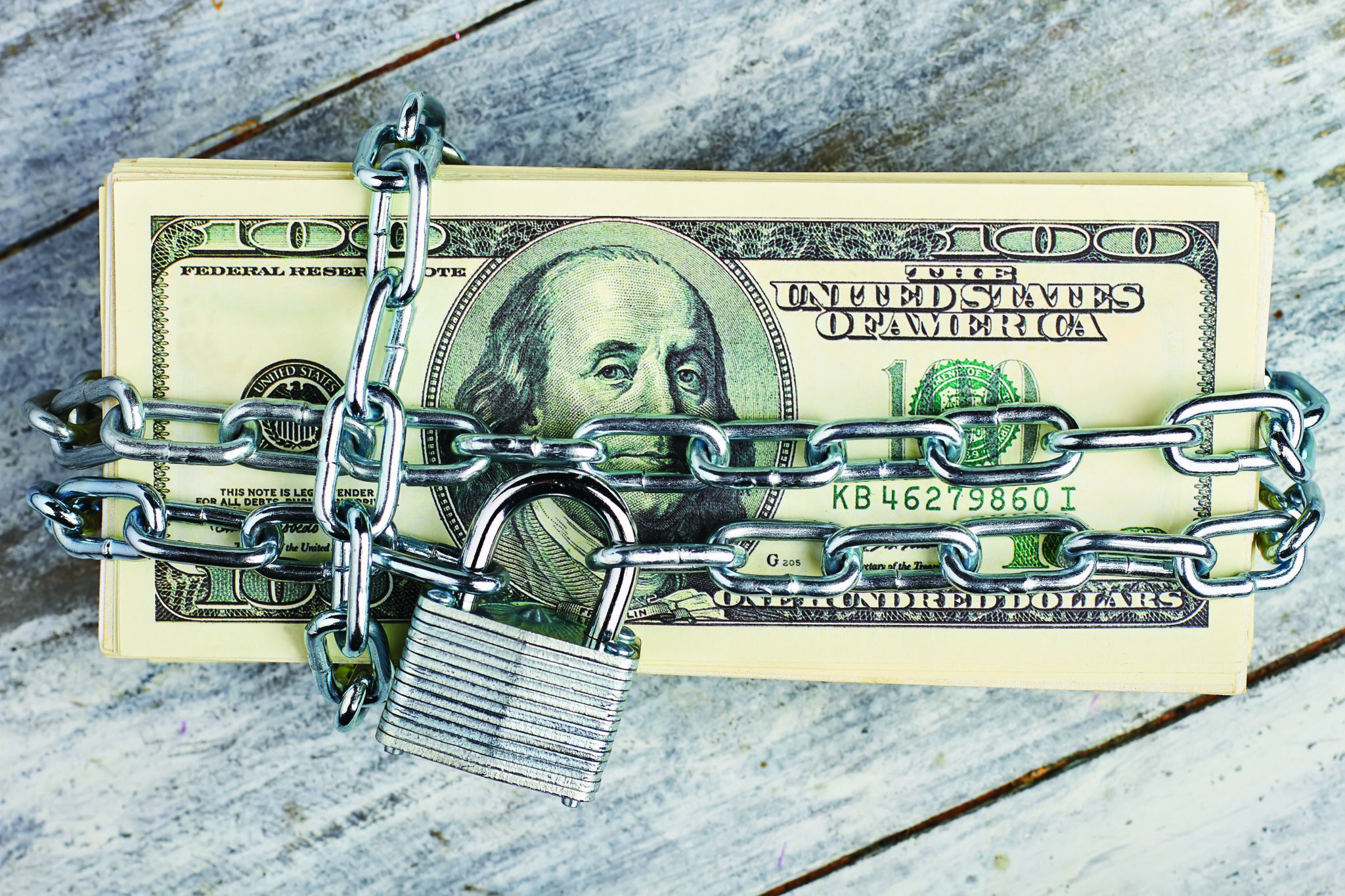A friend of mine used to say, “In life, it’s the ones you don’t see coming that shake up things the most.” That includes sudden changes in personal income, changes that I have seen happen at even the highest corporate levels. At those levels, it can take six months, a year, or even longer to transition. So, to my friend’s point, now imagine a scenario you didn’t see coming.
Consider a year in your life
How much money do you spend every day?
It is just this simple: The amount of money you spend every day finances what people call their standard of living. Your daily expenses also count as one of your three lifestyle buckets, as we call them. The other two lifestyle buckets are taxable money and nontaxable money; with daily expenses they comprise your financial wallet. Let’s
The two types of taxable money are ordinary income, which is the paycheck you receive from either your employer or your own business, and capital gains, which derive from earnings on investments. Each type
Nontaxable money is the engine you have built—401(k
So, how do the
After keeping a record of daily expenses for three to six months, we can take those figures and come up with a two-year blended average, which can then
Now comes the hard part. Think of your daily expenses bucket as a real bucket. You need to place in that bucket one year’s worth of your spending, and that money needs to come from taxable income while you are earning it. This bucket now becomes your rainy day fund, and the good news is, you now know exactly how
Think of it this way: If unfortunately, life doesn’t go as planned, you have a financial umbrella rainy day fund to protect
Read More from Nick Kavallieratos at Morgan Stanley
















